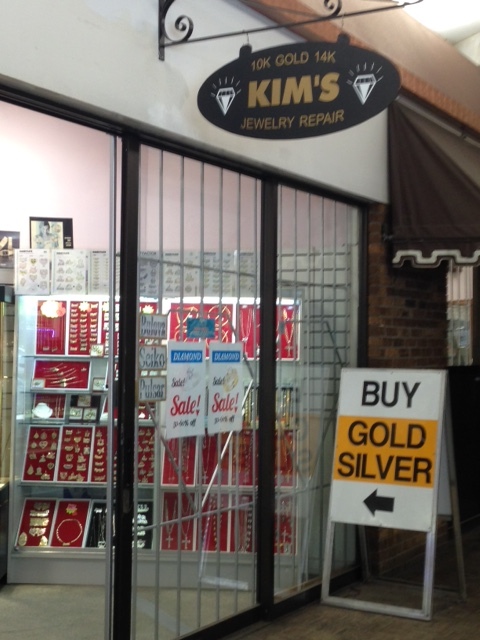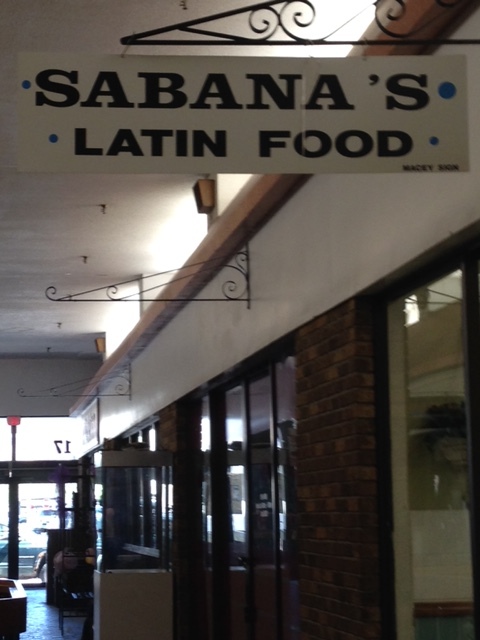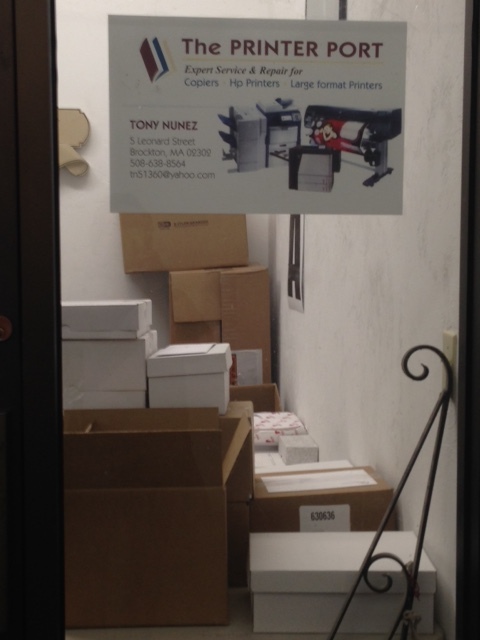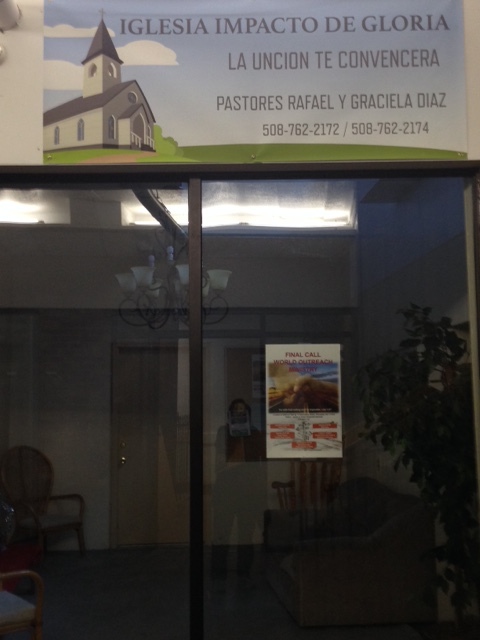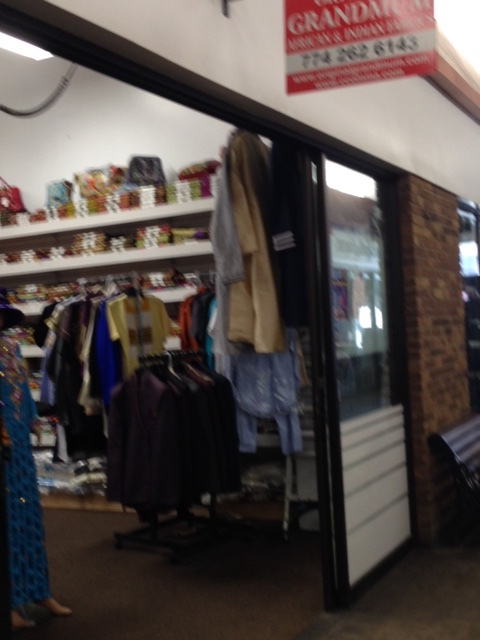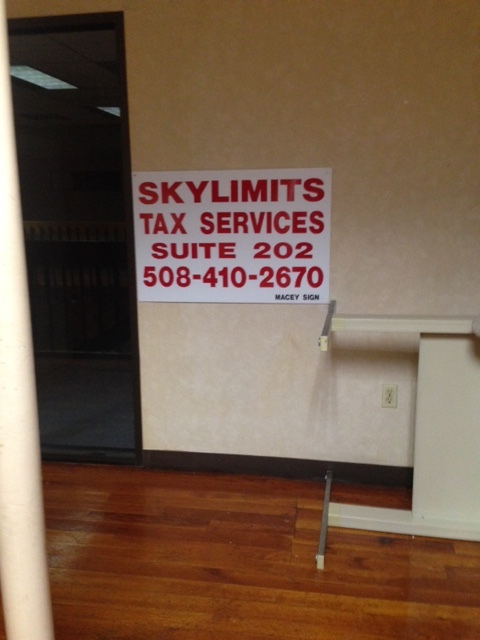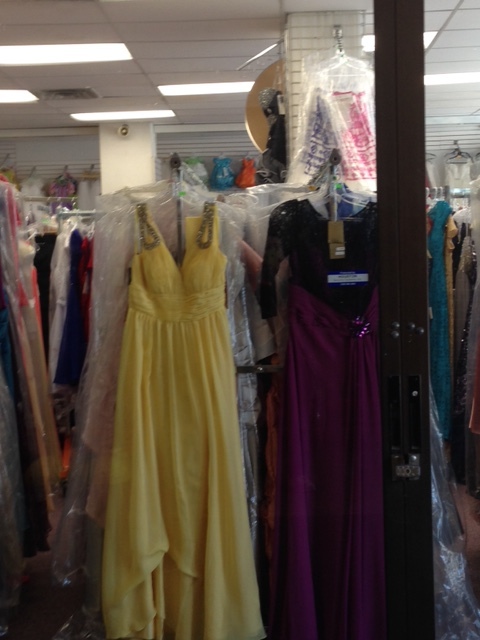By now, many Worcesterites have seen the six minute online video created by the WBDC and the Worcester Idea Lab that depicts their vision of Worcester in 2020. Future blog posts will analyze the planning paradigm behind the video. Today, we will focus on the eye- rolling dig against the Midtown Mall in that video. Why all the venom and disgust thrown the way of this unpolished jewel of downtown? Could it be that the building is in need of maintenance, repairs and updating? It’s true that the structure needs work. The barricaded escalator looks like it hasn’t worked in years. Who knows the condition of the heating and electrical system! Could the condescending comments be the result of some empty, underutilized storefronts especially on the basement level of the building? Hmm… Well, there are many downtown buildings with higher vacancy rates. I just want to throw out this last hypothesis, that the little digs barely disguise pronounced classist and even racist attitudes of what “fits” with the documentary producers’ vision of a downtown that works. The Midtown Mall doesn’t have yoga studios, fancy juice or cappuccino bars, artisan boutiques or anything that caters to the tastes of West Siders. Here is the important question: Who “owns” the acceptable aesthetic?
The truth of the matter is: There are thriving businesses, many of them immigrant owned, at the Midtown Mall. For the past couple of weeks, I’ve hung out there a lot, observing and talking to store owners. I had a long in-depth conversation with George Opoku, an immigrant from Ghana who owns Ahenfie Barbershop. I even bumped into Dean Marcus, the owner who told me he is there seven days a week. When I met him, he was showing some empty storefronts to some new prospective business tenants. Neither the property owner nor the tenants are socially connected to the powers-that-be in the city. The Midtown Mall is just one of twenty four properties that the city has targeted for redevelopment. If the owners of these properties are not willing or able to redevelop their buildings and offer “appropriate” uses (again, who defines?), the city through the Worcester Redevelopment Authority will use its power as a last resort to take the property through eminent domain. Already, this announcement that happened over a month ago has spawned a bit of “planners blight.” For example, rumor has it that an owner of a fitness facility in the basement of the mall, worried about the future stability of the property, vacated his space to move to a building without a threat of future takeover.
It’s time to look at the Midtown Mall with different glasses. Here are three salient reasons why the Midtown Mall is a key ingredient for a “happening” downtown:
· Midtown Mall as a promoter of “walkability”: This building, originally the home of Woolworths, provides a pedestrian passageway from Front Street to Mechanic Street. Indeed, foot traffic especially on the main first floor is especially heavy even in the early morning hours. Most of the development that has happened post 1950s urban renewal in Worcester always includes massive adjacent onsite parking garages, encouraging driving. It’s actually better for overall foot traffic in the downtown that the Midtown Mall does not have adjacent parking.
If one looks carefully at this photo, one will note several reasons why this building is pleasing and encourages active street life. The building entrance fronts right onto the sidewalk. Plenty of windows on each level of the building greet people on the street. The peachy tan color and little interesting architectural details on the façade make it pleasing to the eye. The building functions as a human scaled space, not an overpowering structure taking up a whole block. Ask yourself: Would you rather walk past this building or say, Medical City or the DCU Center on Major Taylor Boulevard?
· Midtown Mall as an incubator for small, locally owned businesses
High visibility and foot traffic has helped to make the Midtown Mall a successful incubator for new, mostly immigrant owned businesses. If one talks to some of the business owners in there, one will often hear, “business is good.” Although there are several retail businesses selling goods (jewelry, clothing, gifts and accessories), most of the businesses provide needed services (computer and printer repair, post office, marketing, tax preparation) to surrounding offices in the neighborhood.
“If you look about, you will see that only operations that are well established, high turnover, standardized or heavily subsidized can afford to carry the costs of new construction. Chain stores, chain restaurants and banks go into new construction but neighborhood bars, foreign restaurants and pawn shops go into older buildings…Hundreds of ordinary enterprises, necessary to the safety and public life of the streets and neighborhoods and appreciated for their convenience and personal quality, can make out successfully in old buildings.”
· Midtown Mall as a creator of a living neighborhood: Churches are core symbols of living neighborhoods where people live, shop, walk their dogs, play, work and of course, come together in community to pray. Therefore, it is a good sign if churches start to re-emerge in what was once a dying neighborhood. As home to two storefront Latino churches, the Midtown Mall is helping to drive the resurgence of a downtown that is struggling to become a real neighborhood.
Check out the hours of worship. People are coming downtown outside of normal office hours (Sunday mornings and Tuesday evenings) to this space, providing street traffic downtown.
What’s the vision of where we want to be in 2020? That is a good question. Market rate housing, retail and services that cater to higher income residents, present and future is fine. At the same time, over and over we hear what makes this city so attractive is its affordability. In a city that yearns to gentrify, we can’t cast aside those hard working residents who offer an alternative aesthetic. As we cheer the changes happening, we need to be fully aware of who gets left behind or displaced and work on ways to prevent this.


